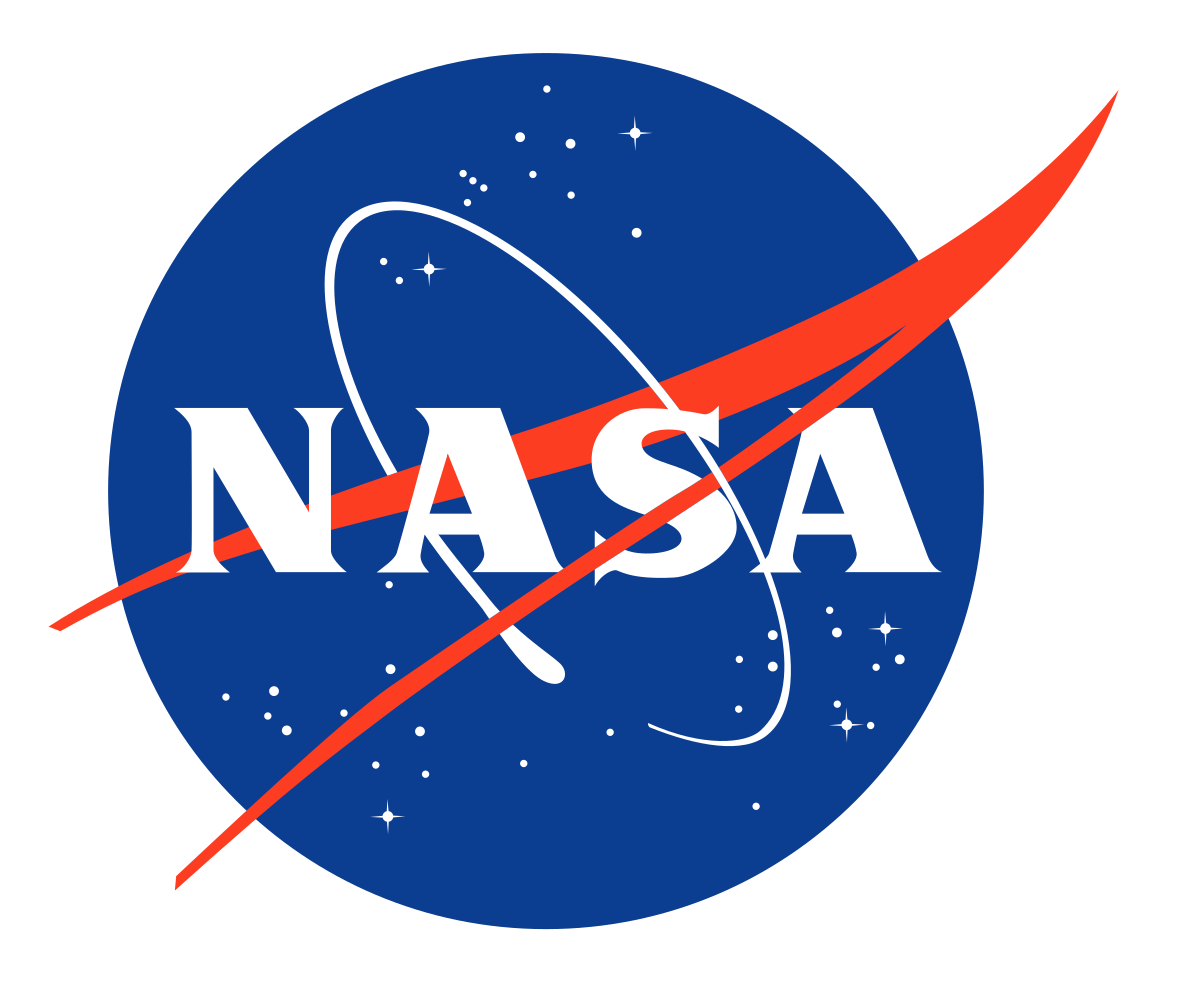
NASA follows a specific set of guidelines and conventions when it comes to naming features on Mars. Here’s an overview of how NASA names things on Mars:
Landing Sites: When a spacecraft lands on Mars, the landing site is typically named after the spacecraft itself. For example, the Viking 1 and Viking 2 landing sites are named Viking 1 Lander and Viking 2 Lander, respectively.
Geographic Features: Craters, valleys, mountains, and other prominent geographic features on Mars are named after small towns and villages on Earth with a population of fewer than 100,000 people. This naming convention helps to maintain consistency and provides a wide range of names to choose from. The selected names are often related to the town's name or geography. For instance, the Gale Crater, where the Curiosity rover landed, is named after Gale, a town in Australia.
Rovers and Landers: NASA's rovers and landers are typically named through public competitions or selections. For example, the Mars rovers Spirit and Opportunity were named through a student essay competition. The latest rover, Perseverance, was named by a seventh-grade student named Alexander Mather in a NASA naming contest.
Missions: NASA names its Mars missions based on their objectives or characteristics. For example, the Mars Science Laboratory mission, which carried the Curiosity rover, emphasizes the scientific focus of the mission.It’s worth noting that the International Astronomical Union (IAU) is responsible for officially approving and recognizing names of planetary features. NASA, as a member of the IAU, works closely with them to ensure that the naming process aligns with the established guidelines.